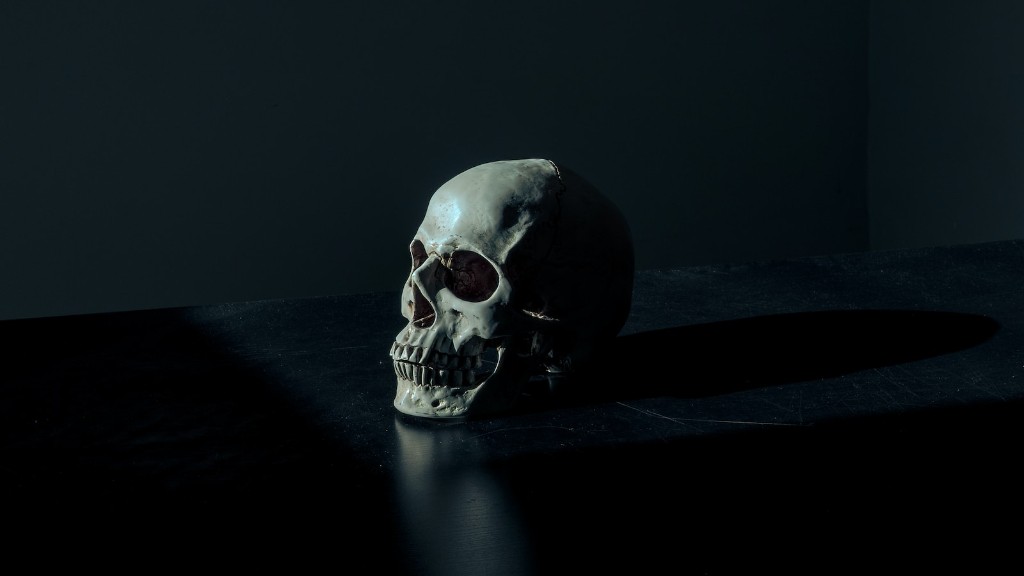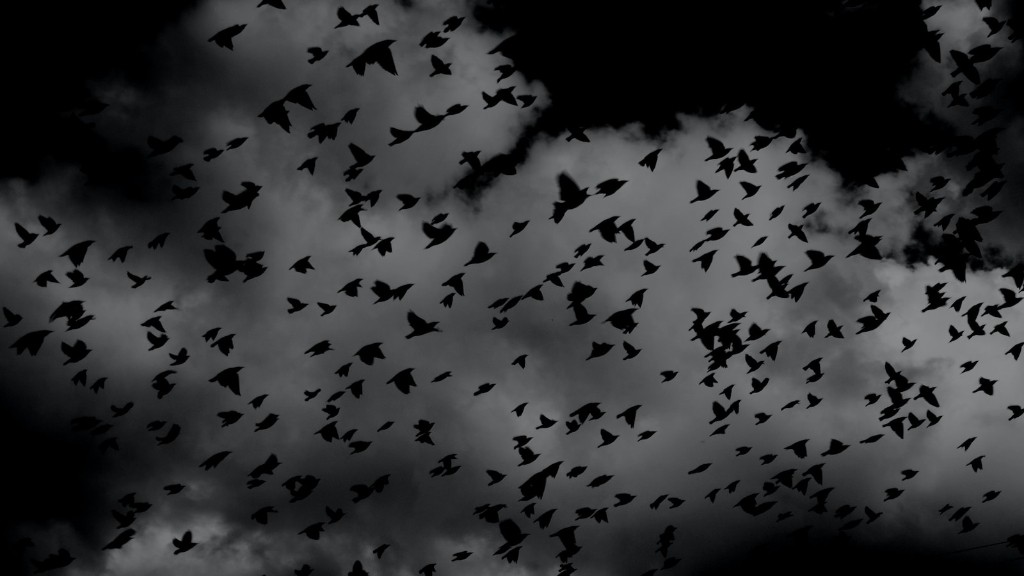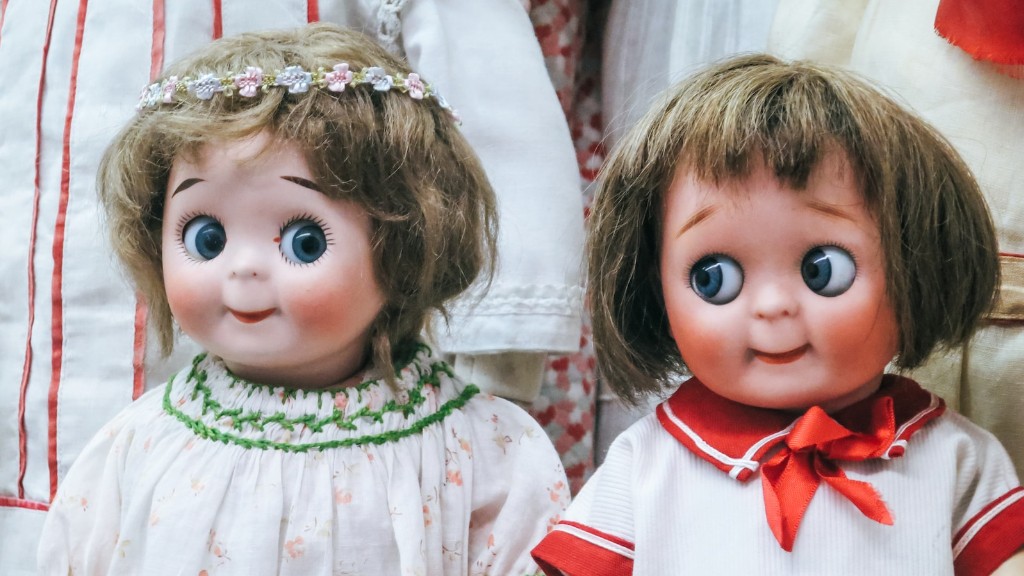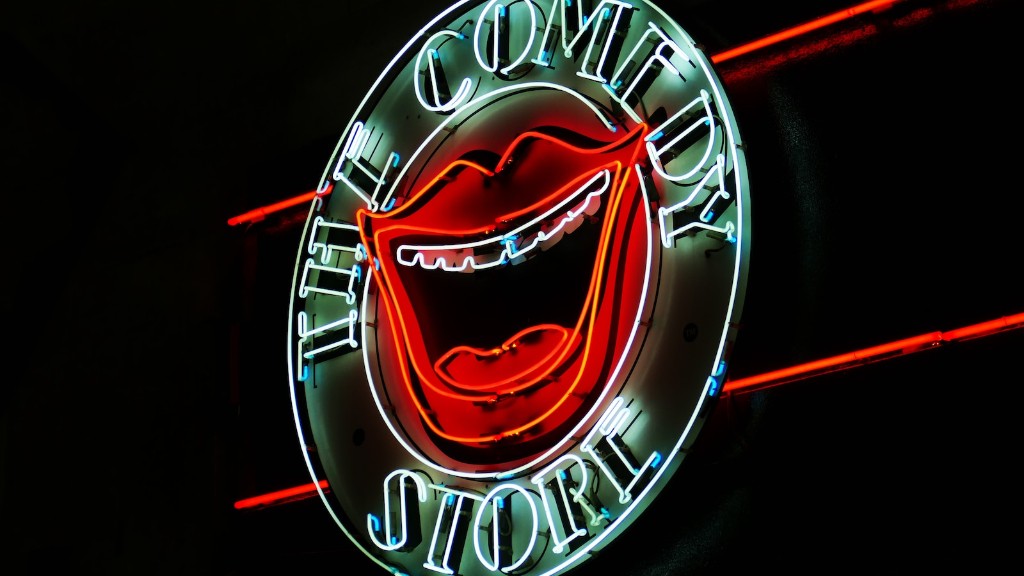During the 2000’s, the comic book movie had become stale and unimaginative. It was becoming difficult to differentiate between one superhero movie and another. It was then that Christopher Nolan stepped in and breathed new life into a genre that was in dire need of revitalisation. With his dark and brooding visual style, Nolan gave blockbuster production values to the superhero flick. His trademark blend of drama and action was something that the genre hadn’t seen before and sparked a wave of copycat directors for the next decade. Through Nolan’s work it became possible for the superhero movie to exist outside the realm of fanboy fantasy and instead be considered an artistic and viable movie genre.
Nolan’s Batman trilogy not only made comic book movies more commercially viable and pushed them into the realm of box office juggernauts, but it also made them socially acceptable. The public’s perception of comic book movies before Nolan had been that they were simply immature, overblown thrill rides. Nolan changed this view with his even-handed characterisation and thoughtful musings on life and morality.
Adding to the effect was Heath Ledger’s performance as the Joker in ‘The Dark Knight’. Ledger was able to bring to life the character of the clown prince of crime in a way that had never been seen before. His nuanced portrayal of the villain was critical in developing the idea that comic book movies could be taken seriously. While Batman’s transformation from Adam West to Christian Bale was no small feat, it was Ledger’s performance that really brought the genre into the cultural consciousness.
Nolan’s success in employing character-driven stories, practical effects and serious undertones to comic book movies also inspired other filmmakers to follow a similar approach. After watching the success of his Batman trilogy, filmmakers like Zack Snyder and Joss Whedon soon began to embrace the idea that a superhero movie could have a genuinely thoughtful and emotionally engaging narrative. It became possible to tell stories about complicated characters and dilemmas without resorting to campy action sequences.
Nolan’s influence can still be felt in modern superhero flicks, especially with Warner Brothers’ plans to adapt ‘The Dark Knight’ into a series of interconnected DC movies. Although it may not be explicitly stated, it is clear that the influence of Nolan and his Batman trilogy can still be seen in many of today’s superhero movies. For example, Marvel’s ‘Black Panther’ and ‘Avengers’ series owe a great debt to Nolan’s use of realism and psychological depth to create compelling, finely nuanced characters.
It is a testament to Nolan’s vision and ambition that he was able to transform a genre that was on the decline into one of the most popular and commercially successful of the past two decades. It can be argued that the 2008 release of ‘The Dark Knight’ marked the movement of superhero movies away from the realms of schlocky camp and into level of high art. In many ways, Nolan’s vision gave birth to modern blockbuster filmmaking. Here’s hoping that Nolan can continue to influence movies for years to come.
Nolan’s Visual Style
One of the most defining aspects of Nolan’s work was his impressive visual style. His aesthetic was heavily influenced by film noir and it employed a realistic, muted colour palette. His Batman trilogy is particularly renowned for its dark, brooding visuals, with even the action set pieces being filled with oppressively dense shadows.
Nolan’s visual style was a refreshing change from the bright, cartoony visuals of the previous Batman director. Nolan finally gave Batman a gritty realism that was necessary for a comic book movie to be successful. His use of wide shots and practical effects gave the audience a feeling of being present in the world of Gotham City. It provided a cinematic experience that wasn’t like anything the superhero genre had seen before.
In comparison to the colourful and oversaturated images of many of today’s superhero flicks, Nolan’s sober palette and muted colours created an engrossing atmosphere that emphasised mood and tone. Nolan’s visual style has been widely praised and widely copied. His trademark look has become a staple of the superhero movie and it has been emulated by filmmakers such as Zack Snyder, Joss Whedon, James Gunn and Ryan Coogler.
Themes of Nolan’s Superhero Movies
While Nolan’s technical achievements cannot be denied, it’s the themes of his movies that really make them stand out from the rest. Nolan’s Batman trilogy is particularly renowned for its focus on heavy moral issues and nuances. He tapped into the primal primal questions about justice, morality, and power. His exploration of these themes resonated with the audience and allowed for a deeper connection to the characters
In particular, ‘The Dark Knight’ is renowned for its examination of the thin line between good and evil. The idea that Batman and the Joker have more in common than either would like to admit is a theme that has become central to the superhero genre. It is a theme that can be seen in films such as Marvel’s ‘Infinity War’ and ‘Endgame’.
Nolan also explored many controversial topics, such as terrorism and government surveillance, in the ‘Dark Knight’ trilogy. This made his films much more than mere popcorn entertainment. They were thought-provoking, challenging and stimulating. Nolan’s willingness to explore such difficult topics in his films was something that no other comic book film had done before and it opened up new possibilities for filmmakers.
Finally, Nolan’s films always had an underlying critique of capitalist society. In ‘The Dark Knight Rises’, Nolan explored the dangers of unchecked power and greed. He also explored the idea of economic justice and the need for people to stand up for what is right in the face of a powerful and oppressive system. This theme has become increasingly relevant in modern society and it has been explored in films such as ‘Black Panther’ and ‘Captain Marvel’.
Nolan’s Reception by Audiences and Critics
Nolan’s films were met with critical and commercial praise. His Batman trilogy made nearly two and a half times more than its predecessor, ‘Batman Begins’. ‘The Dark Knight’, in particular, was both a critical and commercial success, becoming the first comic book movie to be nominated for an Oscar in the Best Picture category. This marked a major milestone for the genre, as it demonstrated that comic book movies could be taken seriously.
Nolan’s movies were also praised by audiences. His films were critical darlings and fan favourites and they sparked an unprecedented level of interest in comic book films. The general public’s perception of superhero films had shifted from immature and campy to thoughtful and artistic. Nolan was able to capture the imagination of the audience in a way that no other filmmaker had done before.
Finally, Nolan’s films opened up doors for other filmmakers. His success allowed for more risk-taking from studios and his influence can still be felt in modern superhero films. It’s clear that Nolan has had a major impact on the genre and his influence continues to this day.
Legacy of Christopher Nolan’s Superhero Movies
Ultimately, it can be argued that Christopher Nolan single-handedly saved the superhero movie. His films pushed the genre into new territory and opened up for a new era of superhero cinema. Nolan’s Batman trilogy showed studios that a comic book movie could be thoughtful, nuanced, and critically acclaimed. He was able to combine blockbuster production values with character-driven stories and a realistic visual style.
Nolan’s impact on the genre can still be felt today. His films have inspired filmmakers to explore complicated characters and moral dilemmas without resorting to campy superhero tropes. His success also allowed for other risk-taking comic book films, such as ‘Logan’ and ‘Black Panther’, to be made.
Ultimately, it is clear that Nolan has had an unparalleled influence on the superhero genre. His dark and brooding vision has changed how we view these films, and it has pushed the genre into new and exciting directions. Without Christopher Nolan, it is hard to imagine what the comic book movie would look like today.
Interconnected DC Universe
After the success of ‘The Dark Knight’, Warner Bros. began to implement a similar approach to the DC cinematic universe. They began to create a series of interconnected movies that used Nolan’s style and themes as a template. This proved to be a successful formula and allowed for the creation of some of DC’s most popular films, including ‘Man of Steel’ and ‘Wonder Woman’.
The interconnected DC universe has been a major success for Warner Bros. The formula is simple: create a story that is rooted in Nolan’s themes, but also allows for more vibrant and colourful settings. The success of this formula has been instrumental in Warner Bros. creating a successful and consistent universe of superheroes.
The interconnected DC universe has also allowed Warner Bros. to create a universe of characters that is unified in tone and style. This has made it easier for audiences to recognise and relate to each character. It has also made it easier to follow the stories, as each movie builds upon the previous one.
Finally, the interconnected DC universe has allowed Warner Bros. to create some of the most critically acclaimed superhero films of the last decade. It has proved that comic book films can be both commercially successful and critically acclaimed, and it’s a major testament to the success of Nolan’s Batman trilogy.
Influence on Marvel Movies
While Nolan’s work was primarily seen in the DC universe, it also had a major influence on the Marvel Cinematic Universe. Marvel movies have borrowed heavily from Nolan’s aesthetic and themes. The most notable example of this is Marvel’s ‘Black Panther’ and ‘Avengers’ movies. These films have adopted many of Nolan’s trademarks, such as his use of realism and psychological depth to create compelling and finely nuanced characters.
Marvel’s tone and visual style has also been heavily influenced by Nolan. Like Nolan, Marvel has embraced a darker and grittier aesthetic than previous comic book films. Marvel films also feature a muted colour palette, making them feel more realistic and immersive.
Finally, Nolan’s influence has been seen in Marvel’s exploration of heavy moral and political issues. Like Nolan, Marvel has tackled topics such as terrorism and the surveillance state. It is clear that Nolan’s influence can be felt in many of today’s superhero movies.
Nolan’s influence on the modern superhero movie is undeniable. His insistence on crafting character-driven stories and thoughtful musings on life have inspired a generation of filmmakers to create engaging, thought-provoking superhero films. His innovation has pushed the genre into artistic and cinematic territory and opened up new possibilities for filmmakers and audiences alike.




